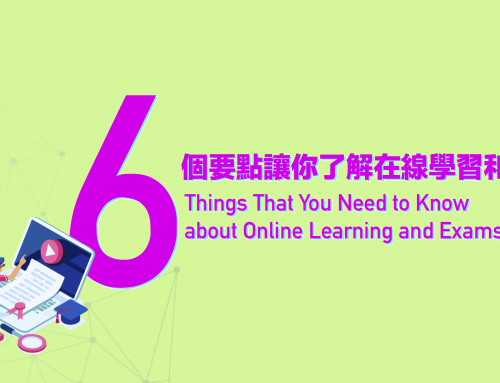Project Description
Best Practices for Supporting Teaching and Learning Online
With online learning now being implemented at the University of Macau, committed teachers are holding classes online with UMMoodle and Zoom. This blog post features some of our colleagues’ tips and best practices. Let’s see what has worked well to support teaching and learning of different disciplines in an online environment.
Food for Thought – My Two Patacas on Teaching and Learning Online
By Prof. Katrine Wong (CTLE/MLC/FAH)
Here are a few practices and observations I use and have when it comes to supporting students who are (somewhat) new to online learning. These practices have helped me create a more learner-centred teaching and learning environment, and I have received positive feedback from students in my online courses.
| Learner-centred practices | Not-so-Learner-centred practices |
| · Design in-class learning activities that call upon students’ higher-order thinking skills (HOTS) | · Focus simply on lecturing and explaining key concepts |
| · Adapt to an online environment and adjust our content, pedagogy and format | · Copy and migrate content, pedagogy and format from a physical classroom |
| · Allow space for learners in a class to learn at different paces | · Expect everyone in a class to learn in the same pace |
| · Design a range of low-stake assessments to monitor learning process | · Rely on end-of-semester projects and/or exams to check learning outcomes |
| · Take stock of what practices engage learners for future reference when on-campus classes resume | · Revert to lecturer-centred approaches when on-campus classes resume |
With the principles listed above, these are some activities I incorporate in my online classes:
- Forum in UMMoodle: for before an online meeting
- Chat in Zoom: for greetings and class outline (in lieu of whiteboard in a physical classroom) at the start of an online meeting
- Breakout Room in Zoom: for in-class discussion (followed by posts in UMMoodle Forum)
Related resources:
- Assessment Strategies for Online Learning: Engagement and Authenticity
- Designing Assessment for Quality Learning
- Discussion-Based Online Teaching to Enhance Student Learning : Theory, Practice and Assessment
- Minds Online : Teaching Effectively with Technology
- Small Teaching Online: Applying Learning Science in Online Classes
Invitation to write a T&L blog post
We would like to extend a special invitation to colleagues to write short blog posts for a campus blog on teaching and learning. Do you have an example of your teaching activities that you have used that support learner-centred approaches to teaching and learning? Submissions can be made in English or Chinese. As a general guideline a blog post is about 200-300 words long (no more than 500) and may include links to other websites and images. The images need to be your own or have a creative commons license. Please send your blog post to ctle@um.edu.mo and kwong@um.edu.mo with images as attachments. All submissions are vetted by CTLE staff prior to release.
支援在線教學的有效做法
澳大目前正積極推行在線遙距學習,不同學院的教師們通過UMMoodle和Zoom的方式進行在線課程。這篇教學網誌將介紹他們的有用貼士和例子。齊來了解不同學科的遙距教與學實用方法!
值得思考:教與學優化中心主任淺談在線教學
撰文:王嘉祺教授(教與學優化中心)
以下是我在這個時期對於在線教學的一些做法和意見,他們幫助我建立一個更以學生為中心的教與學環境,學生們也積極正面回應了這樣的課堂。
| 以學習者為中心的實踐 | 不太以學生為中心的實踐 |
|
|
|
|
|
|
|
|
|
|
根據上述原則,我將這些活動納入在線課程中:
- UMMoodle論壇:在線會議之前
- Zoom聊天:在線會議開始時問候和提供課程大綱(代替教室裡的白板)
- Zoom分組討論室:用於課堂討論(其次是UMMoodle論壇中的帖子)
相關資料(英文):
- Assessment Strategies for Online Learning: Engagement and Authenticity
- Designing Assessment for Quality Learning
- Discussion-Based Online Teaching to Enhance Student Learning : Theory, Practice and Assessment
- Minds Online : Teaching Effectively with Technology
- Small Teaching Online: Applying Learning Science in Online Classes
教學博客邀請你投稿
我們現誠邀老師們投稿到本中心教學博客網站,分享你以學生為中心的教學例子,歡迎以不超過500字的英文或中文撰寫,內容可包含網站連結或圖片。圖像必須是原創或不涉及版權問題,所有提交的內容會由CTLE審核後發佈,撰稿可發送到ctle@um.edu.mo或kwong@um.edu.mo。



